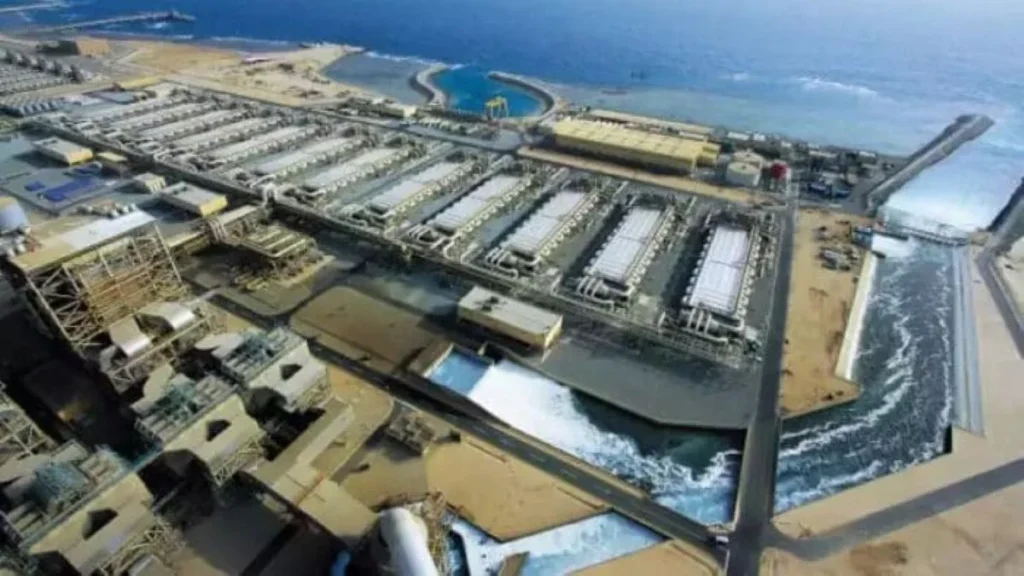Faced with the scarcity of freshwater resources and the worsening effects of climate change, Morocco is accelerating its seawater desalination strategy. The stated objective is to increase its production eightfold by 2040, rising from 277 million to 2.3 billion cubic meters per year. This marks a structural turning point for national supply, relying on a combination of ambitious infrastructure and technological innovations.
It is in the Southern provinces that the Kingdom first deployed this alternative solution to address the chronic lack of conventional resources. Today, the initiative has expanded across the entire territory. The country already has 16 operational stations. Five more are under construction, and thirteen new projects are in the programming phase, according to data provided by Younes Laabdi, an official at the General Directorate of Water.
The flagship project remains that of Casablanca-Settat, which is set to become the largest desalination station in Africa. Its commissioning is expected to add 300 million m³ to the country’s annual capacity, of which 250 million will be dedicated to drinking water and 50 million to irrigation. Launched in June 2024 in the presence of Crown Prince Moulay El Hassan, this project illustrates the priority given to national water security.
The objective is also economic and industrial. Morocco aims to structure an ecosystem around desalination, integrating companies, expertise, and technologies throughout the value chain. This direction will foster the emergence of a local industrial fabric while strengthening cooperation between the public and private sectors, within a governance model based on partnerships.
The exclusive use of renewable energies to power future stations – like the one in Dakhla, which is 100% wind-powered – clearly demonstrates a commitment to reconcile the urgent water response with ecological transition. Studies have already been completed for certain sites, such as Guelmim, Essaouira, or the Oriental region, while others are still under consideration.
The ramp-up is planned over fifteen years. By 2027, Morocco expects to surpass the billion cubic meters per year mark. This volume will rise to 1.6 billion in 2028, exceed 1.7 billion in 2030, and peak at 2.3 billion in 2040. Through these figures, a long-term strategy is emerging, placing desalination at the heart of the country’s water resilience.


